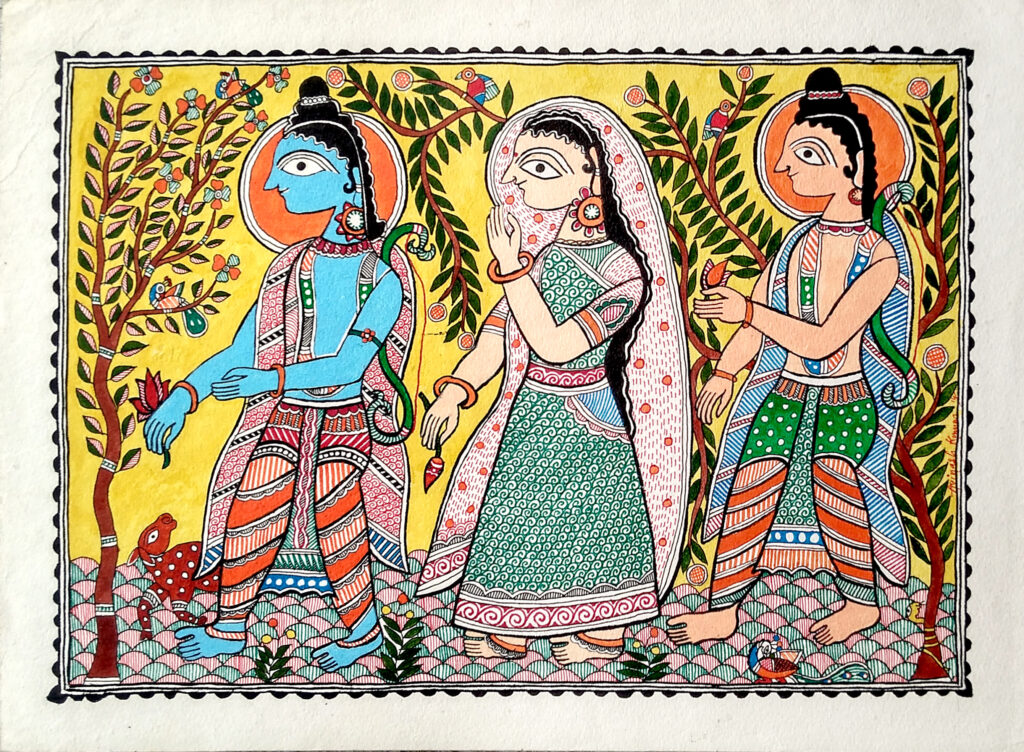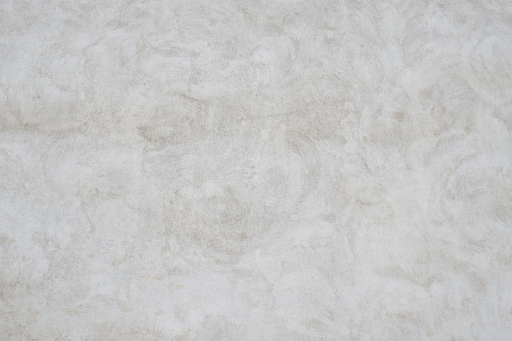Mithila Painting: A Timeless Artistic Tradition
Mithila painting, also known as Madhubani art, is a traditional art form originating from the Mithila region of Nepal and Bihar, India. This centuries-old art form is renowned for its intricate designs, vibrant colors, and deep cultural significance.

Historical Roots
Mithila painting traces its origins to ancient times, with legends linking it to the Ramayana. It is believed that King Janaka of Mithila commissioned artists to create these paintings for his daughter Sita’s wedding to Lord Rama. Historically, women of the region painted walls and floors of their homes to mark auspicious occasions, using natural dyes and handmade brushes.
Distinctive Features
- Themes: Mithila paintings often depict Hindu deities, mythology, rituals, nature, and everyday life. Popular themes include stories of Radha-Krishna, Shiva-Parvati, and celestial events.
- Style: The art is characterized by bold geometric patterns, intricate borders, and the absence of empty spaces, with every inch of the canvas meticulously filled.
- Materials: Traditional artists use natural dyes made from flowers, plants, and minerals. Brushes are handcrafted using twigs, bamboo sticks, or cotton.
Techniques and Forms
Mithila paintings are typically created on walls, handmade paper, cloth, or canvas. There are several styles within the tradition, including:
- Kachni: Focused on fine lines and monochrome patterns.
- Bharni: Known for its vibrant, colorful designs.
- Godna: Inspired by tattoo patterns and symbolic motifs.
Cultural and Social Significance
Mithila art holds immense cultural value, reflecting the traditions, beliefs, and aspirations of the Mithila community. Traditionally practiced by women, it was a way of expressing their creativity and documenting their cultural heritage.
Global Recognition
Mithila painting gained global recognition in the 20th century when it transitioned from walls to paper and canvas, making it accessible to a broader audience. Today, it is celebrated worldwide for its uniqueness and beauty, with many artists receiving accolades for preserving this art form.
Modern Relevance
Mithila painting continues to thrive, blending traditional methods with contemporary themes. Artists use this medium to raise awareness about social issues, environmental conservation, and gender equality. Efforts to promote and sustain Mithila art through exhibitions, workshops, and online platforms have brought this timeless tradition to the global stage.
Mithila painting is not just an art form; it is a vibrant expression of a community’s identity, spirituality, and heritage that continues to inspire the world.
